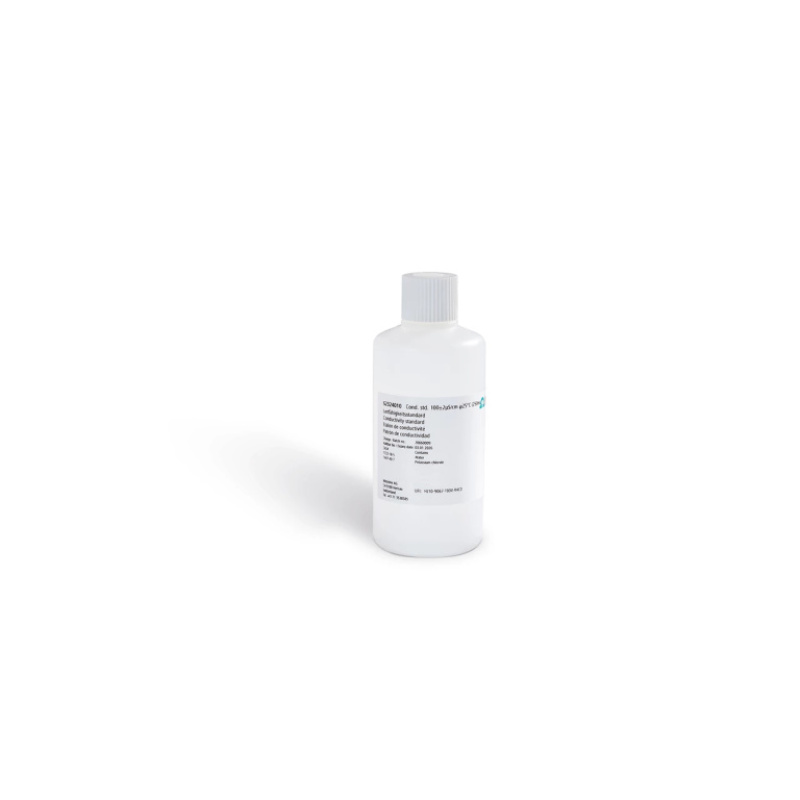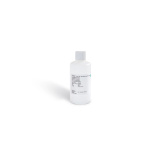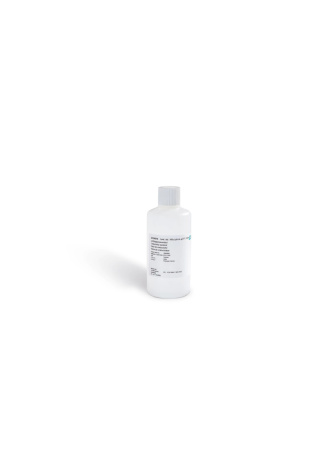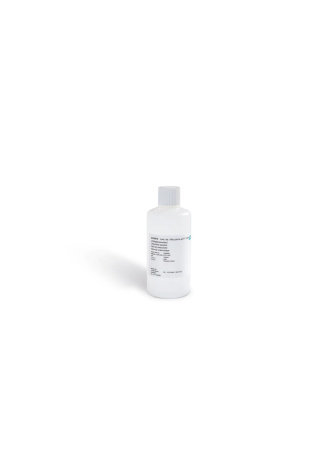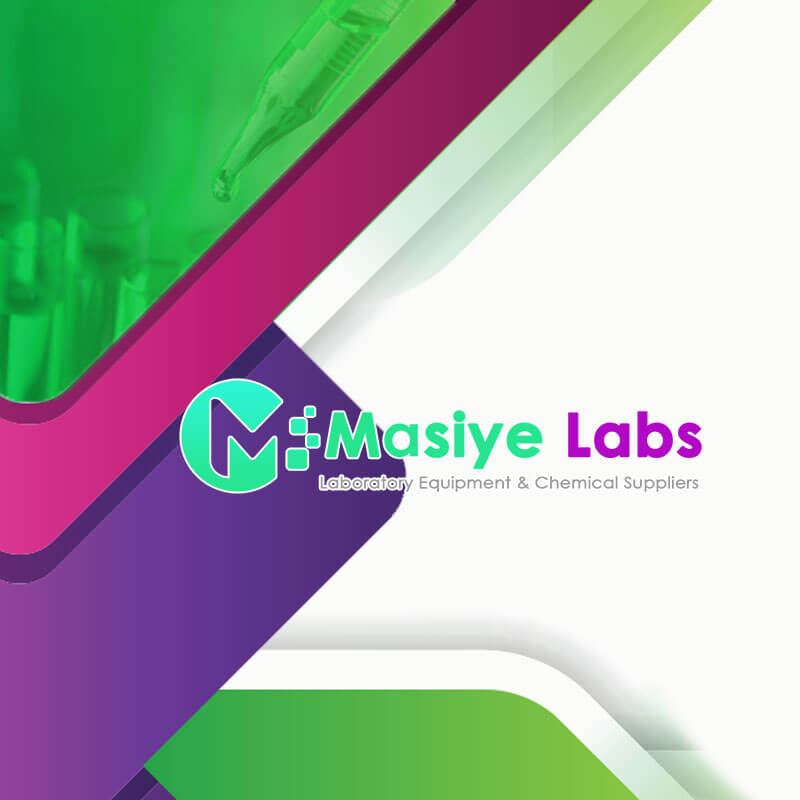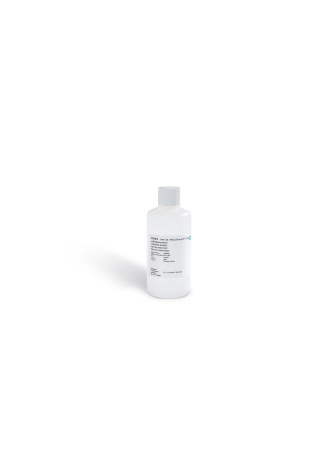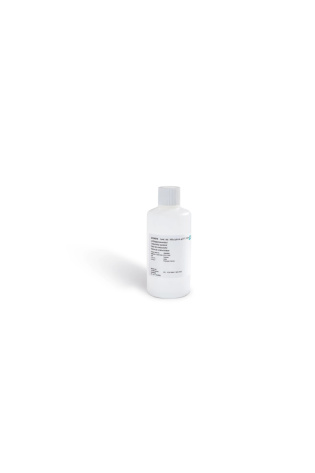Conductivity 500 μS/cm
This value is frequently used for water quality monitoring in environmental, industrial, and laboratory settings, and can be a baseline for tracking changes over time.
Applications of a
500S/cm
reading
-
Environmental Monitoring:
A value of
500S/cm500S/cm
is within the typical range for major rivers, so it can serve as a baseline to detect pollution or changes in a water body.
-
Industrial Processes:
This level is used to monitor the quality of water in applications like boiler and cooling tower systems, and to check the output of demineralizers and reverse osmosis systems.
-
Laboratory Use:
Solutions with this conductivity level can be used as a standard reference for calibrating conductivity meters.
-
The U.S. Environmental Protection Agency (EPA) recommends that drinking water have a conductivity below
1,000S/cm1,000S/cm
, making a reading of
500S/cm500S/cm
a common indicator of acceptable quality.
-
Aquaculture:
In aquaculture and hydroponics, this conductivity range can be used to monitor the salinity and nutrient levels in water for aquatic life and plant growth.
Conductivity 500 μS/cm Applications:
- conductivity measurements are used to monitor quality in public water supplies, in hospitals, in boiler water and industries which depend on water quality such as brewing.

